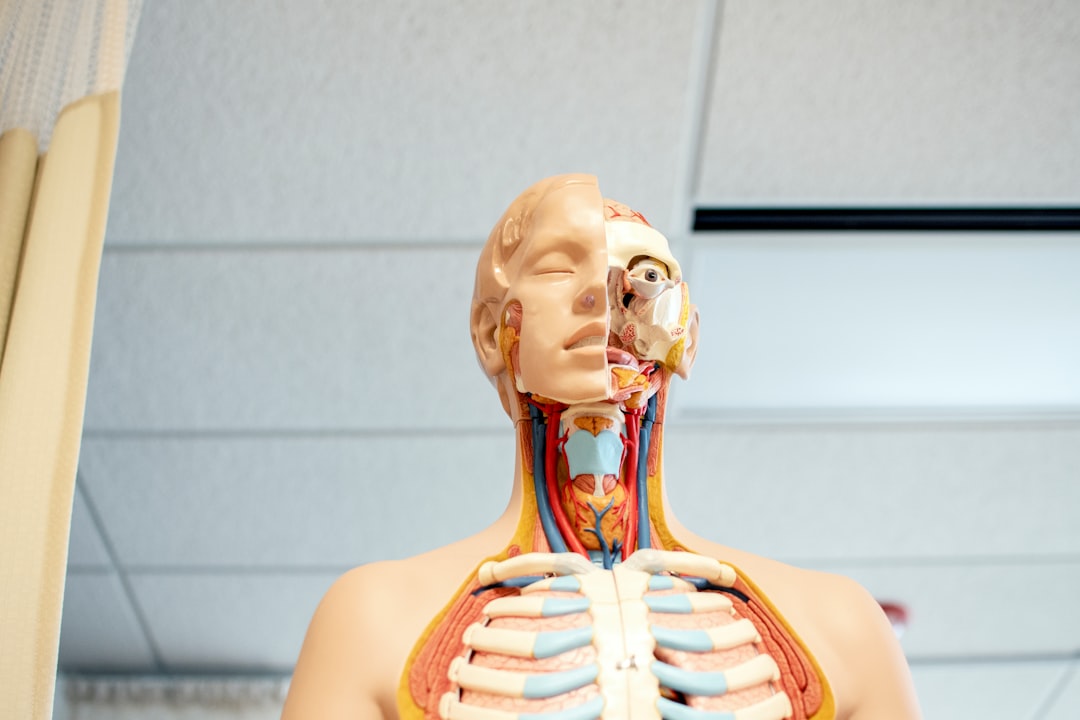What is it about?
This paper presents the results of a multi-stakeholder analysis of Computer Science academics, ICT industry professionals, and citizens to explore what they consider to be the most important social impacts of technology and provides individual and differing perspectives on the issues related to the rapidly evolving discipline of computing ethics.
Featured Image

Photo by Leon on Unsplash
Why is it important?
In recent years the impact of Information and Communication Technologies (ICT) on society and the environment at large has grown significantly. From this fast-paced growth, a myriad of ethical concerns has arisen. The outcomes of this analysis will form the basis for new teaching content that will be developed in the future to help illuminate and address these concerns. While technological innovation has many positive aspects, we should not be blind to ethical and moral imperatives and strive to develop responsible technology as a first principle. Otherwise, it can prove difficult to reverse the consequences. There is a responsibility on universities to ensure these blind spots do not exist and that students who design and develop technology are taught to consider both the expected and unexpected, and positive and negative consequences of any systems they implement. We will address these concerns as uncovered via the literature and the analysis of the insights from our focus group as part of our research in the Ethics4EU research project. More specifically, the project consortium are developing educational material in the form of lessons that address topics such as bias in AI, the creation, use, longevity and environmental impact of datasets, programming errors, accessibility, privacy and facial recognition, and ethics of smart devices and pervasive computing. Initial educational materials are available via the Ethics4EU website at http://ethics4eu.eu/bricks.
Read the Original
This page is a summary of: Perspectives on computing ethics: a multi-stakeholder analysis, Journal of Information Communication and Ethics in Society, September 2021, Emerald,
DOI: 10.1108/jices-12-2020-0127.
You can read the full text:
Resources
Contributors
The following have contributed to this page










